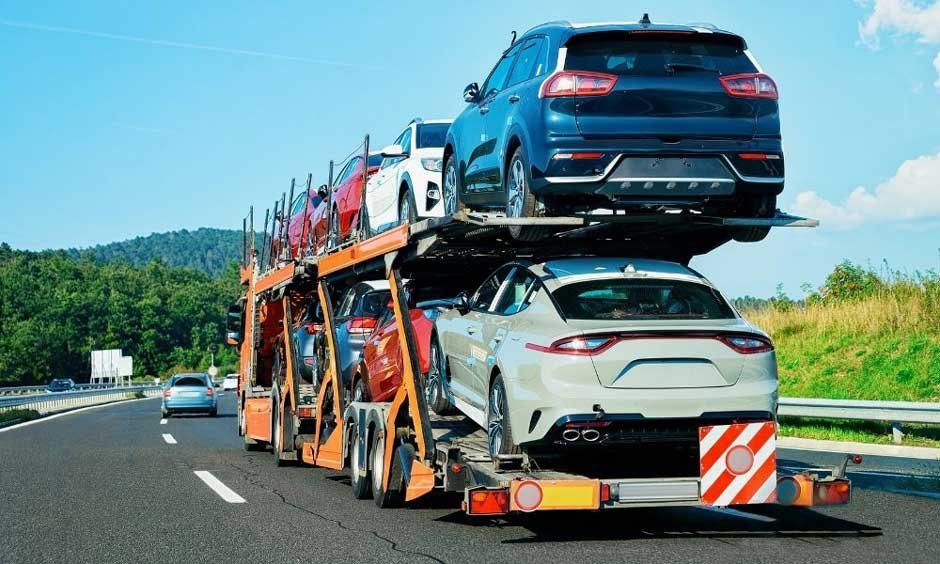Whether you’re relocating across the country, buying a vehicle from out of state, or sending a car to a loved one, car shipping can save you time, stress, and mileage on your vehicle. But just like booking a flight or a hotel, timing plays a crucial role in how much you’ll pay and how smooth your experience will be.
So, when exactly is the best time to book car shipping? The answer depends on several variables—including the time of year, your flexibility, demand cycles, and even the routes involved. This comprehensive guide will help you understand the best timing strategies for car shipping, so you can plan effectively, save money, and ensure peace of mind.
Why Timing Matters in Car Shipping
Car shipping services are impacted by supply and demand, weather, road conditions, and even fuel prices. When you book during peak seasons or at the last minute, you’ll likely pay more and face delays. Booking at the right time ensures:
- Lower prices
- More carrier availability
- Faster pick-up and delivery
- Less stress and uncertainty
Let’s break down the key factors that influence the best time to book your car shipping service.
Seasonal Demand Cycles
Car shipping experiences clear seasonal trends. Understanding them is key to timing your booking wisely.
- Spring (March to May)
Spring is generally a favorable time to ship a car. Snow has begun to melt, and carriers are more active across all regions. However, prices may spike temporarily during college spring breaks or snowbird returns from southern states like Florida and Arizona. Booking 2–3 weeks in advance is usually sufficient.
Tip: If you’re shipping from or to a popular snowbird location, aim for early spring before demand surges.
- Summer (June to August)
Summer is peak season for car shipping. During this time, many people relocate for work, school, or family, driving up demand. The roads are clear, and weather conditions are favorable, but carriers are often booked solid.
Best Practice: Book your car shipping 3–4 weeks in advance to secure the best rate and availability. Last-minute bookings can result in a premium of 10–30%.
- Fall (September to November)
Fall can be one of the best times to book car shipping. The demand cools after summer, and carrier availability typically improves. Weather remains mild in most areas, and rates tend to be lower.
Recommendation: Booking 1–2 weeks ahead is often enough, especially if your schedule is flexible.
- Winter (December to February)
Winter presents a double challenge: fewer carriers are on the road due to holidays and bad weather, and routes through the Midwest and Northeast can be affected by snow and ice. Rates rise due to the limited availability and increased risks.
Strategy: If you must ship in winter, book at least 3–4 weeks in advance and prepare for potential delays.
Best Times by Shipping Route
Some routes are more popular and efficient than others. For example:
- California to Texas or Florida: Highly trafficked routes, easier to book even during busy seasons.
- Rural-to-rural routes: May require more lead time and cost more, especially in winter.
- Coast-to-coast (e.g., New York to Los Angeles): High-volume but long-distance, so availability may fluctuate more with national events, fuel costs, and seasonality.
In general, urban-to-urban routes are easier and more affordable year-round. If your pick-up or drop-off location is in a remote area, consider meeting the carrier at a nearby city for faster service and better rates.
Advance Booking vs. Last-Minute Shipping
Why Advance Booking Is Smart
Booking your car shipping service ahead of time offers:
- Cost savings: Carriers offer lower rates when their schedules aren’t packed.
- Greater flexibility: More options for pick-up and delivery dates.
- Reduced stress: You’re not scrambling at the last minute and can arrange everything in advance.
We recommend booking at least 2–3 weeks before your desired pick-up date, especially during peak seasons.
When Last-Minute Might Work
Sometimes, last-minute shipping can be effective, especially on popular routes with high carrier volume. However, expect to pay a premium, and options may be limited.
Ideal for:
- Emergency moves
- High-budget flexibility
- Extremely popular routes
But for most consumers, planning ahead is more cost-effective and reliable.
Holidays and Events: Hidden Influencers
Major holidays and regional events can disrupt car shipping logistics. Think:
- Christmas, New Year’s, and Thanksgiving: Many carriers are off the road.
- Fourth of July & Labor Day: High demand from vacationers.
- Auto shows or auctions: Regional spikes in vehicle transport.
Avoid booking car shipping during these periods, or plan well in advance (4+ weeks).
Flexible Pickup Dates Save You Money
Flexibility in your shipping window can result in lower costs. Many carriers offer discounts for:
- Open-ended availability (e.g., any time next week)
- Terminal-to-terminal shippinginstead of door-to-door
- Open carriers(enclosed shipping is safer but more expensive)
The more flexible you are with dates and logistics, the easier it is to match your vehicle with an available carrier at the best rate.
Tips for the Best Car Shipping Experience
- Plan Early: Especially for moves in summer or winter.
- Get Multiple Quotes: Don’t settle for the first offer. Compare prices, services, and reviews.
- Ask About Carrier Schedules: Reputable brokers will tell you when carriers are filling up.
- Avoid Tight Deadlines: Leave a cushion of 2–5 days on each end of your desired shipping dates.
- Understand the Bill of Lading: It documents the car’s condition before/after shipping. Be present for inspection if possible.
The Best Time Is When You’re Prepared
There’s no one-size-fits-all answer for when to book car shipping, but as a rule of thumb:
- Book 2–4 weeks in advance
- Avoid major holidays
- Leverage off-peak seasons like fall or early spring
- Be flexible on dates and locations
By planning early, understanding seasonal trends, and being flexible, you can get the most value from your car shipping experience, saving time, money, and headaches.
Whether you’re relocating, buying a car online, or sending a vehicle to a family member, timing is everything. Make it work for you.




